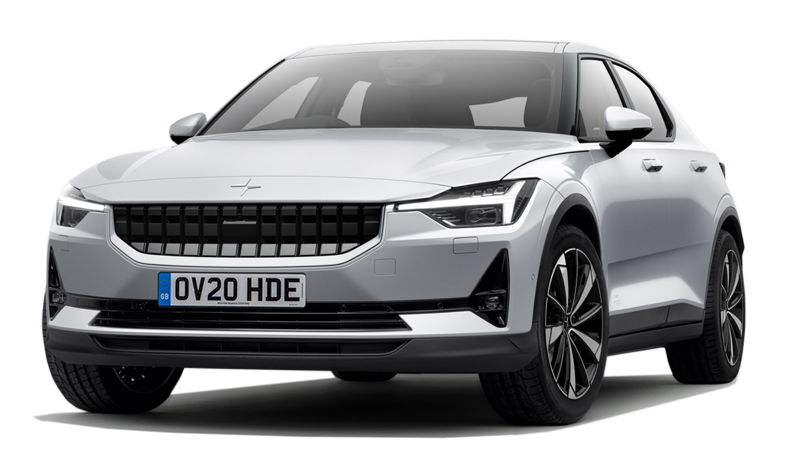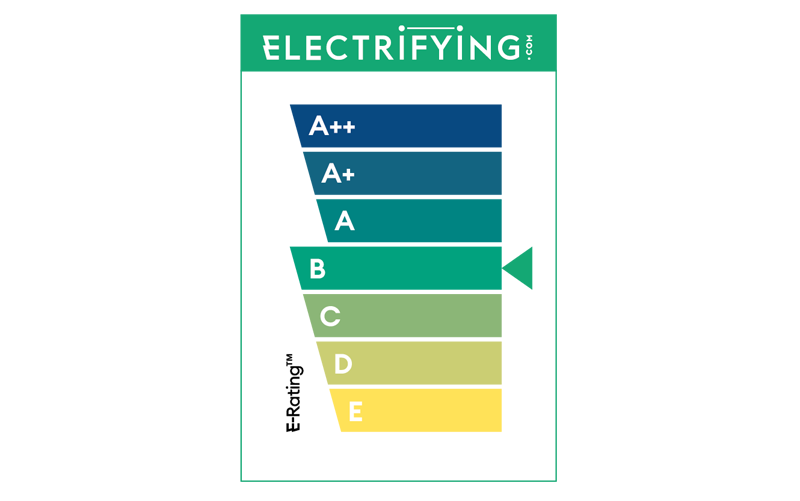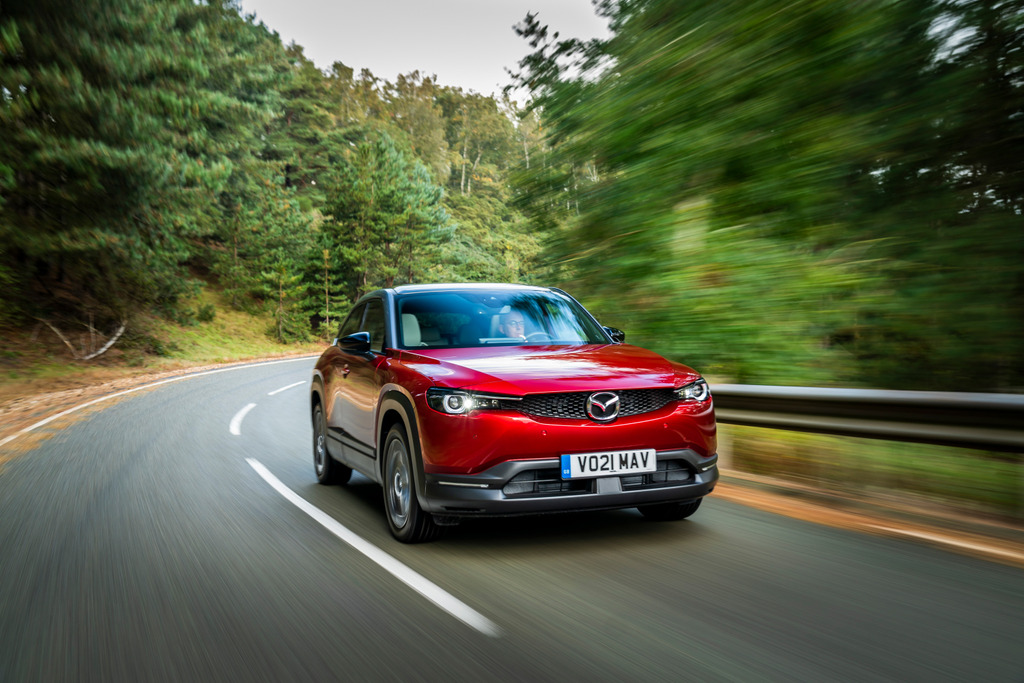It’s a brave (and expensive) move to build a whole new brand, but on paper at least the Polestar 2 has the hardware to back it up. It’s an all-electric car with up to 402bhp (which is more than a Porsche 911) and a range of between 255 and 336 miles. That’s just a bit shorter than the benchmarks set by the Tesla Model 3 which is this car’s obvious rival.
In terms of pricing, the Polestar aims for bang in the middle of the Tesla Model 3 line up, starting at £41,900 for the standard model. That pricing is crucial, as it puts the 2 slightly overlapping or above electric cars such as the Nissan Leaf and Kia e-Niro but makes it more affordable than the raft of posher all-electric SUVs such as the Jaguar I-Pace, Mercedes EQC or Audi e-tron. This will make it within the reach of company car drivers, who will find that the tax and running cost advantages could make driving an electirc like the Polestar as affordable as a mid-range diesel BMW 3-Series over a few years.
The crucial advantage the 2 has over the Model 3 is its hatchback though. Where the Tesla has to make do with a smaller bootlid, the Polestar’s more practical hatch will make it a more obvious choice for anyone who needs to carry larger loads such as bikes. It’s also a slightly strange half-way between having a raised ride height like an SUV and being lower like a traditional saloon. There’s no suggestion that the Polestar has any off- road ability, but it does mean the driving position is raised higher than in a traditional hatchback.
Polestar has also thought hard about the technology, most notably by incorporating Google’s Android operating system into the heart of the car. It’s supposed to have the best voice recognition of any car and, just like Teslas, it will get updates over the airwaves so it can have the latest apps and software. There’s no doubt it works brilliantly. Apple users might moan about the lack of CarPlay, but in reality you’ll probably end up just using the built-in system as it’s so much slicker.
Out on the road, the 2 feels generally great. The brakes are among the best we’ve tried in an electric car and it is really easy to drive. The performance is there if you squeeze the pedal, but it never makes you feel like it’s going to take you by surprise.
If you don’t use too much of that performance when driving, the official figures suggest you’ll be able to travel about 300 miles before needing a charge. When you finally do need to plug in, it’ll take a 130kW DC rapid, allowing an 80% capacity charge in about 40 minutes. At home, an 11kW AC connection is the maximum it can accept.
The bad bits? Well the steering can feel a bit odd at times, even if you’ve turned off the lane departure gadgets which can tug at the wheel if you nudge across a white line. And the big 20-inch wheels on the Performance Pack equipped cars make the ride really firm – you’ll feel every bump and pothole.
Is it better than a Tesla Model 3 or even Volvo’s own XC40 Recharge? In lots of ways they are very different cars and have different things going for them. Hatchback versus saloon, versus an SUV. Firm ride and sporty or more relaxing? The Electrifying team are split on this, so we can only recommend that you look at them all closely.



















